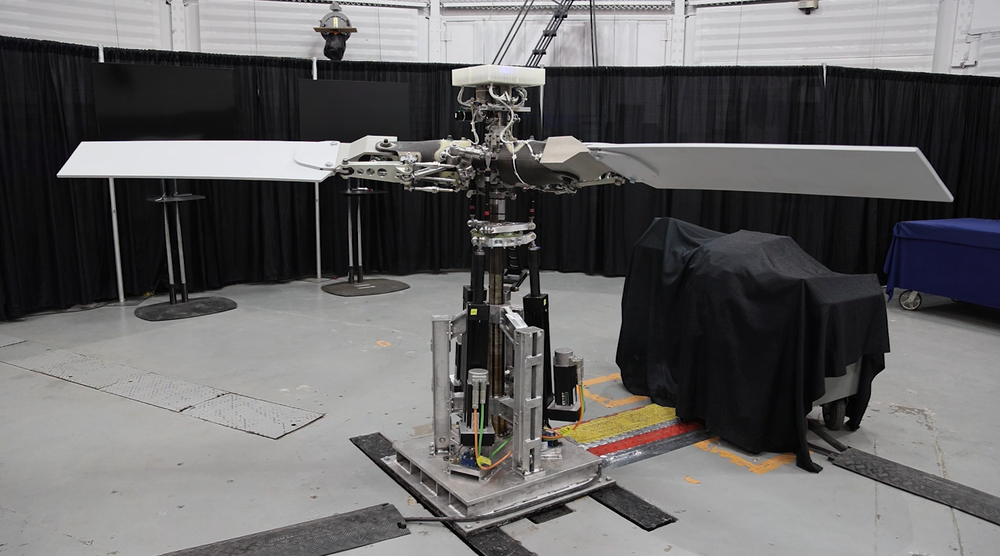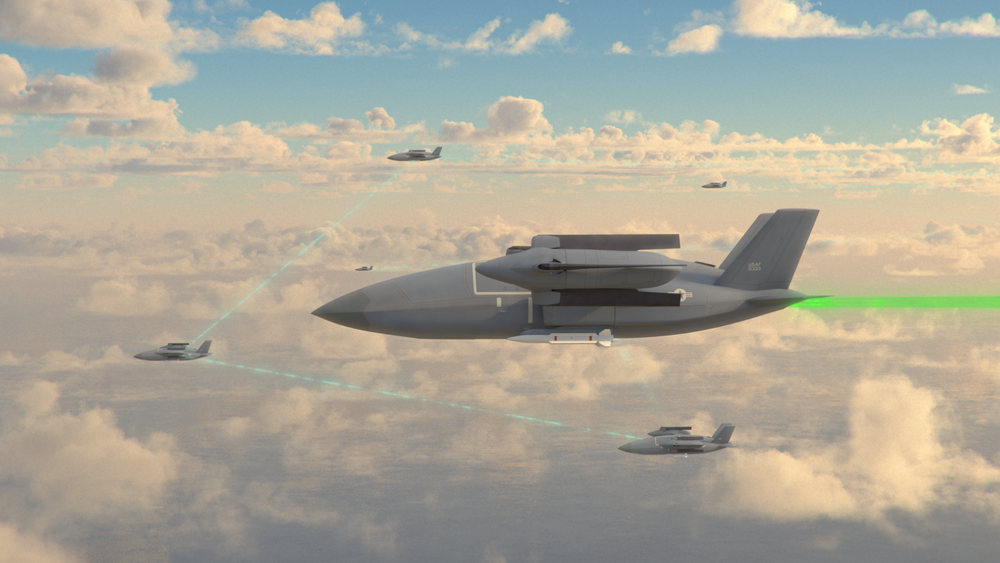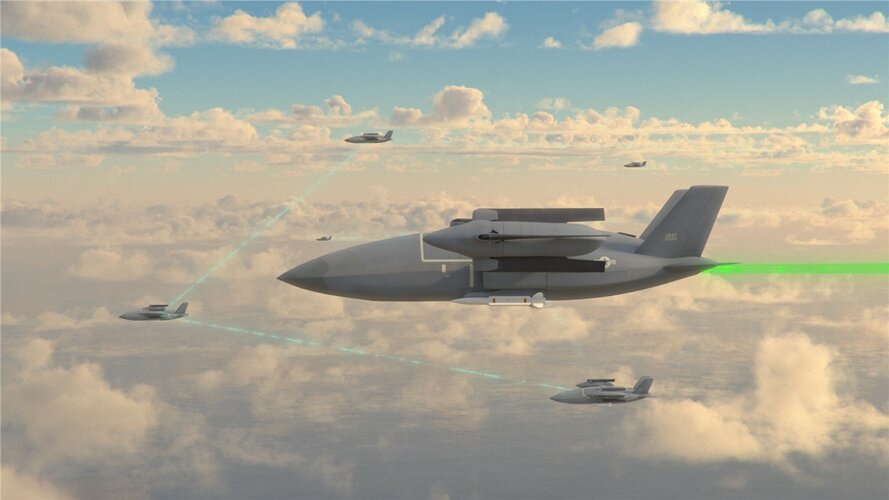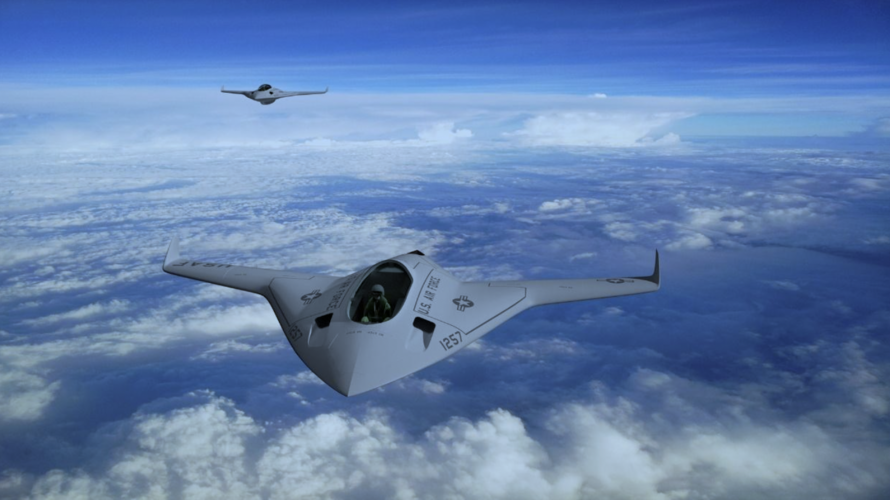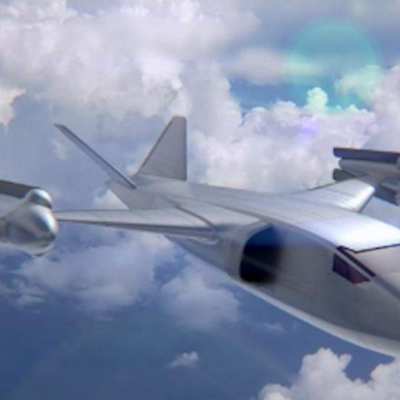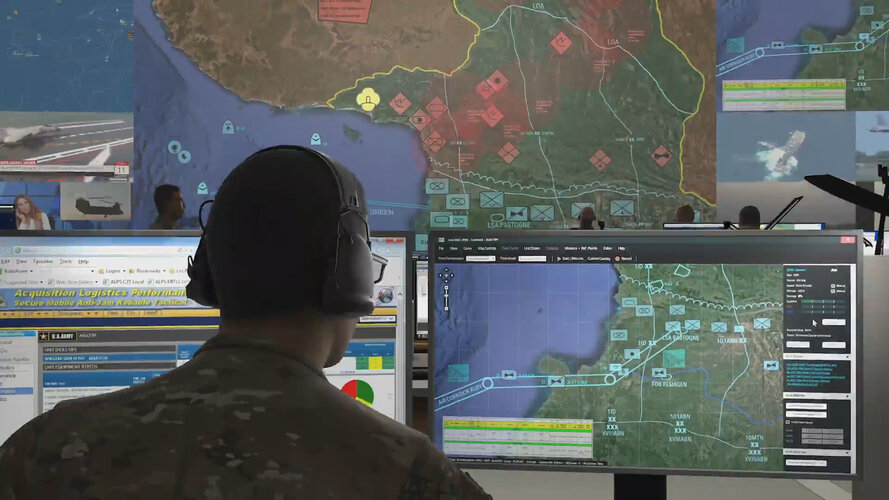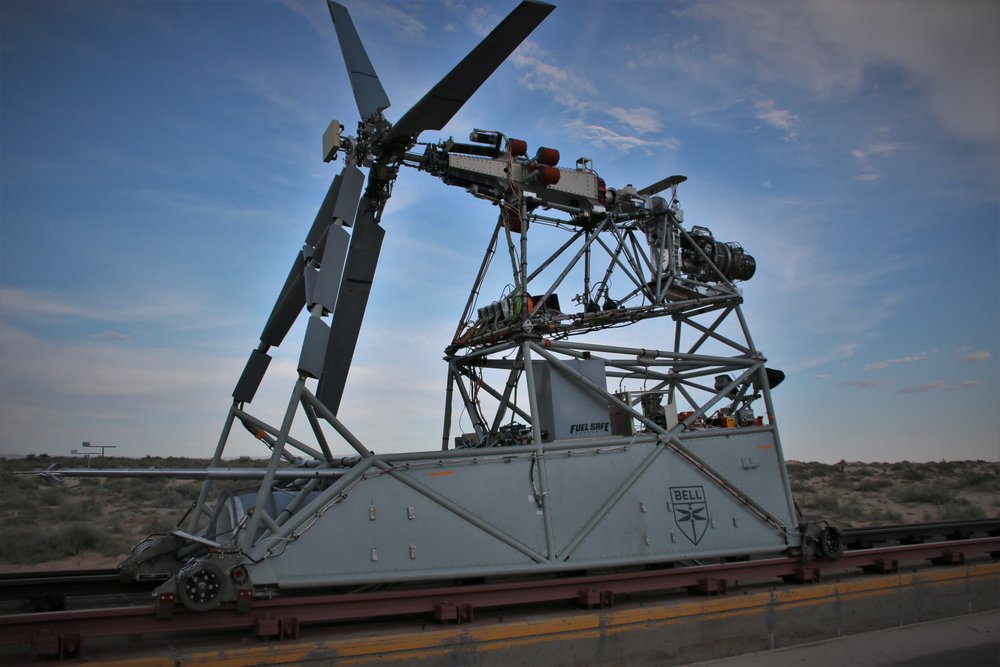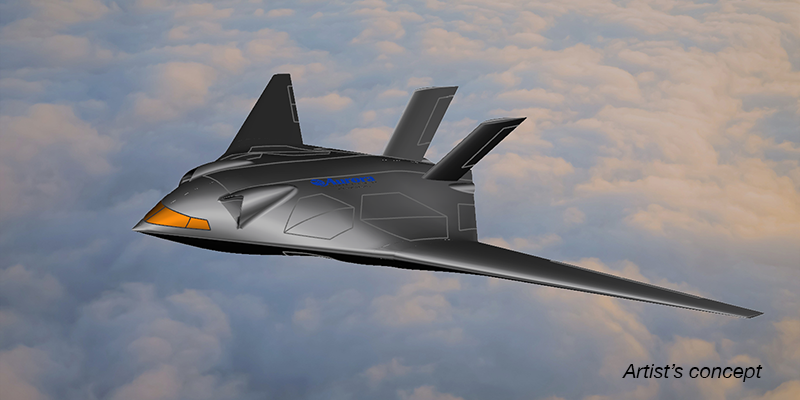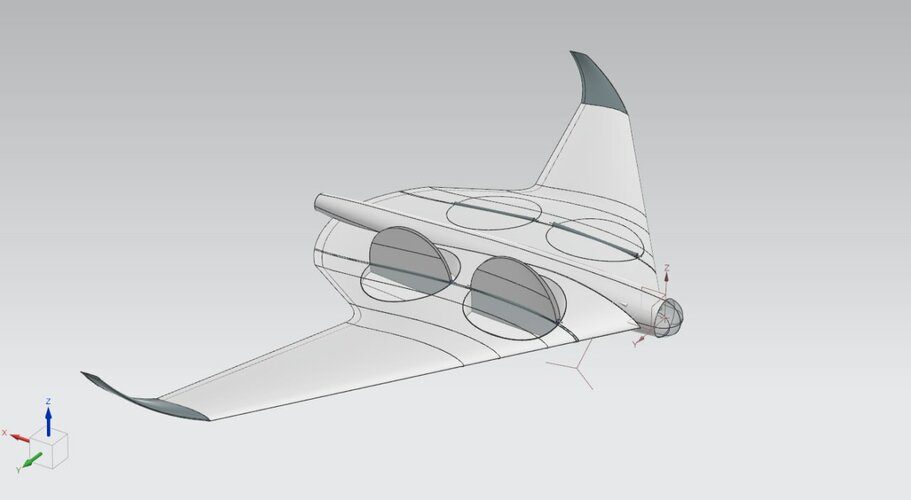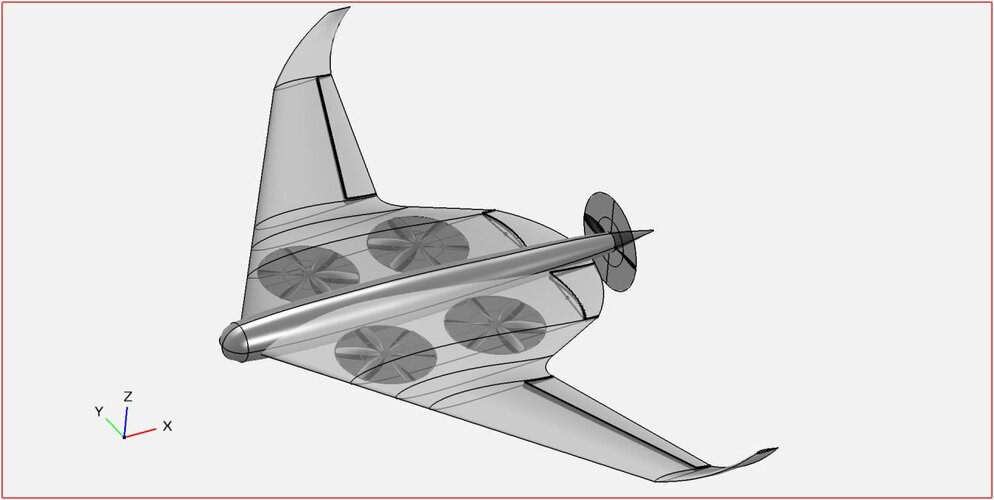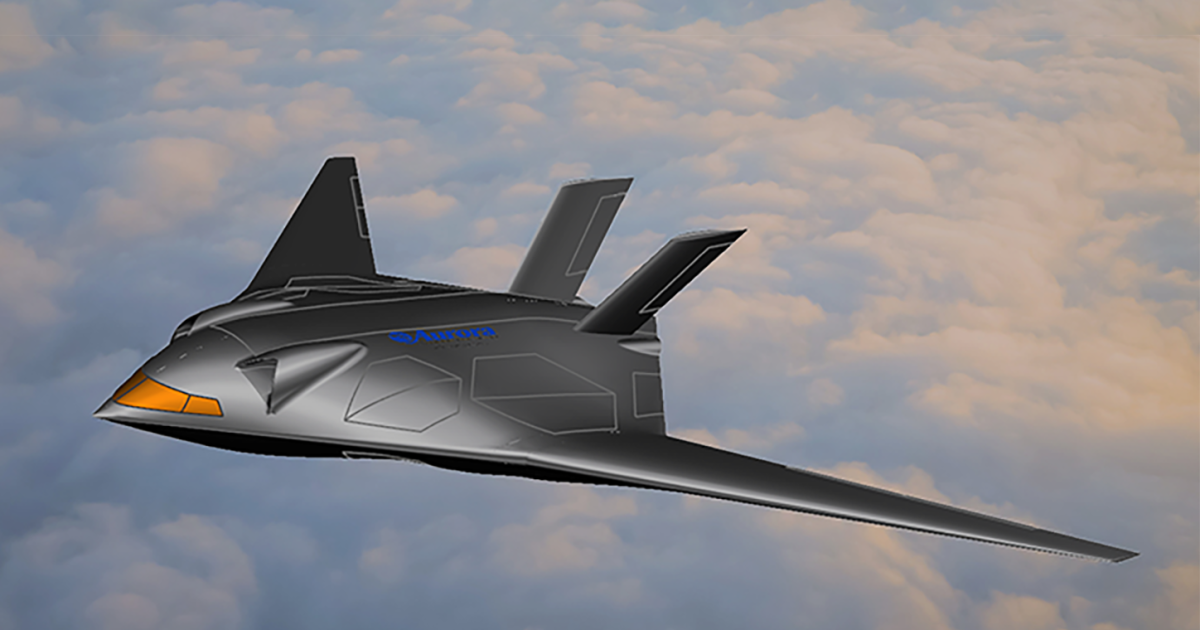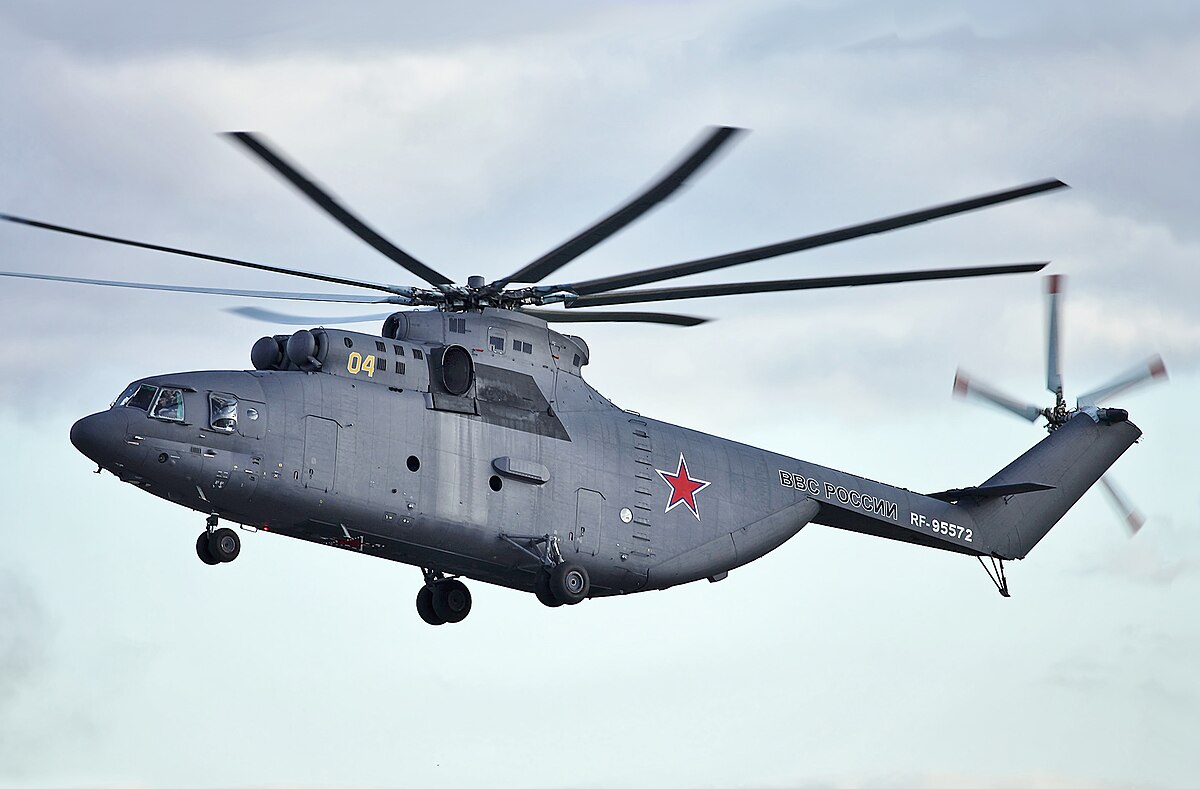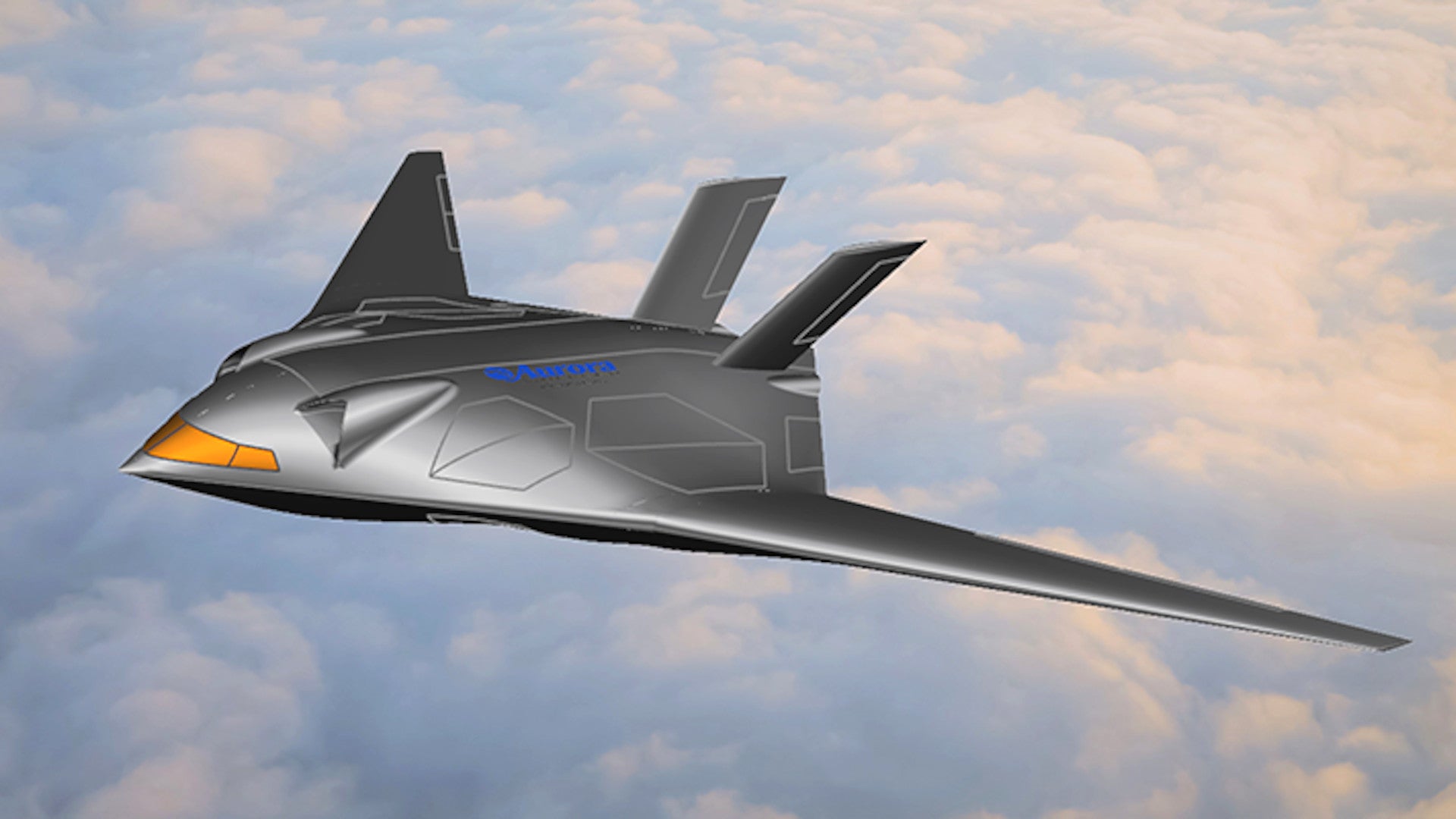- Joined
- 25 June 2014
- Messages
- 1,564
- Reaction score
- 1,455
case.
Safety and redundancy of multi-engine systems is a complex and evolving field. What is unacceptably unreliable using one technology, demanding full redundancy, may be a lot better using a different technology.
For example combustion engines used to be so unreliable and lacking in reserve power that four was regarded as a minimum for safe transatlantic crossing. But turbofans have improved and so now it is safe to fly on only two giant ones. Even so, in the case of a single engine failure, the airliner must have a tail fin large enough to hold it straight.
But multi-rotor VTOL craft do not have the opportunity to use a fin. One might cut the other engine too and descend under autorotation. But if the certification authorities regard the risk of landing somewhere unacceptable, be it a dense city centre or the open ocean, then they will not accept that and will demand a cross-shaft and excess engine power, to keep both rotors powered.
Electric motors can fail for all kinds of reasons, especially when breaking new technological ground. Wires can come loose or break, or get eaten by vermin, batteries can burst into flames, control systems can malfunction. In such cases the rotor will windmill (unless feathered). Or, a bearing can overheat and seize; if there is no clutch the rotor will stop dead. In a small drone suck risks may prove acceptable, but not in a large passenger plane; the clutch at least will be mandatory, to allow autorotation.
In a twin-rotor design, as with combustion engines the lift from both the rotors must be maintained long enough for an emergency landing, be it autorotation or cross-shaft.
In a four-up design, excess power allows redundancy and any individual rotor failure can be balanced by adjusting the others, perhaps even stopping its opposite number and flying on two less. For example a quadrotor might be given sufficient reserve power to fly with two diagonally-opposite rotors powered and the others autorotating; no cross-shafts necessary unless the two-engine-out (next to each other) risk is also present.
But in the combustion world, more than four engines becomes a hazard in its own right, multiplying the chances of multiple failures and complex, accident-prone control systems. Anybody substituting electric power will need to demonstrate that these multiplication issues will not pose such a severe risk in their case. The risks will work out differently. For example in a 12-rotor system, a couple of seizures might be acceptable, but the risk of three units losing power, and having to cut too many others to maintain balance, might prove unacceptable.
but if you used electric drive, i.e. a motor in each of the 2 hubs, you wouldn't need a cross drive?
So 2 engines, 2 generators, 2 motors. anything else sounds like your arguing for 4 engines over the ocean........
Safety and redundancy of multi-engine systems is a complex and evolving field. What is unacceptably unreliable using one technology, demanding full redundancy, may be a lot better using a different technology.
For example combustion engines used to be so unreliable and lacking in reserve power that four was regarded as a minimum for safe transatlantic crossing. But turbofans have improved and so now it is safe to fly on only two giant ones. Even so, in the case of a single engine failure, the airliner must have a tail fin large enough to hold it straight.
But multi-rotor VTOL craft do not have the opportunity to use a fin. One might cut the other engine too and descend under autorotation. But if the certification authorities regard the risk of landing somewhere unacceptable, be it a dense city centre or the open ocean, then they will not accept that and will demand a cross-shaft and excess engine power, to keep both rotors powered.
Electric motors can fail for all kinds of reasons, especially when breaking new technological ground. Wires can come loose or break, or get eaten by vermin, batteries can burst into flames, control systems can malfunction. In such cases the rotor will windmill (unless feathered). Or, a bearing can overheat and seize; if there is no clutch the rotor will stop dead. In a small drone suck risks may prove acceptable, but not in a large passenger plane; the clutch at least will be mandatory, to allow autorotation.
In a twin-rotor design, as with combustion engines the lift from both the rotors must be maintained long enough for an emergency landing, be it autorotation or cross-shaft.
In a four-up design, excess power allows redundancy and any individual rotor failure can be balanced by adjusting the others, perhaps even stopping its opposite number and flying on two less. For example a quadrotor might be given sufficient reserve power to fly with two diagonally-opposite rotors powered and the others autorotating; no cross-shafts necessary unless the two-engine-out (next to each other) risk is also present.
But in the combustion world, more than four engines becomes a hazard in its own right, multiplying the chances of multiple failures and complex, accident-prone control systems. Anybody substituting electric power will need to demonstrate that these multiplication issues will not pose such a severe risk in their case. The risks will work out differently. For example in a 12-rotor system, a couple of seizures might be acceptable, but the risk of three units losing power, and having to cut too many others to maintain balance, might prove unacceptable.

